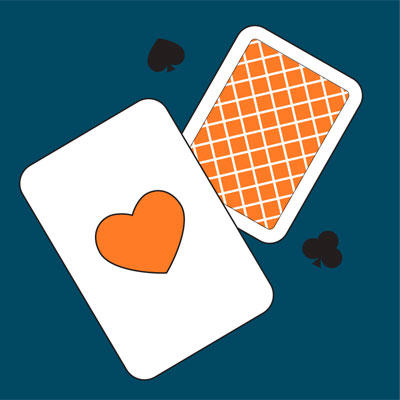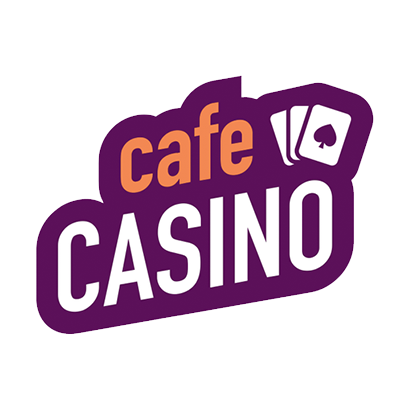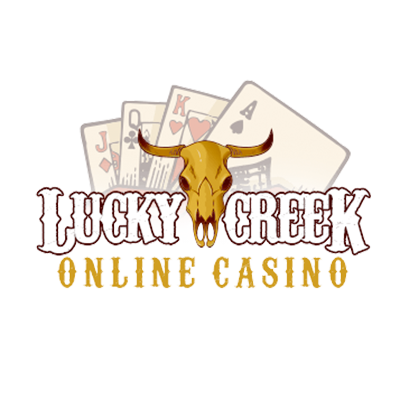Online blackjack

Blackjack, also known as Twenty-one in some cultures, is a relatively old game that was first referenced in Spanish literature (1605–1615). A similar variation of that game with slight changes was introduced in American saloons two centuries later. To keep guests interested in the new thing, bartenders offered a sizeable rebate to the player, whose hand consisted of an ace and a black-suited jack, and from here comes the modern name of the game. With the development of computer graphics and technology, this widespread entertaining game was designed for virtual environment and is now played online by a sheer number of blackjack buffs in Australia and beyond.
In blackjack, one or more players sit at a table in front of the dealer and their target is to beat the dealer in several ways that will be given consideration in more detail below. In online blackjack, the dealer is substituted by software and random number generator that do the same work as a human dealer, except for communication. Some gamblers, especially novices, express concerns about fairness of how the cards are dealt and they think some card deals are rigged in favor of the house. William Shakespeare said, “Our doubts are traitors and make us lose the good we oft might win by fearing to attempt”. Do not let doubts cage you as each of online casinos reviewed here has excellent track record, many positive feedbacks and fast withdrawal times. Playing at the best online casinos, which were analyzed with a fine-tooth comb and approved, is absolutely fair, safe and secure.
How to play blackjack online?
There are many software developers that produce online blackjack for all platforms, whether desktop or mobile, and nearly all the games have uniform design and a variety of common features. Having opened a blackjack game, you will right away see a semicircular felted table with markings on it. The virtual table features a set of differently valued chips and a card shoe, from which the cards are dealt. Betting procedures are more or less similar for all blackjack tables. The player clicks a chip of the preferred denomination, then clicks on the specially designated round or square-shaped area on the table to place that chip. Click on the table as many times as necessary to put multiple chips into play. Make sure you stay within the bet limits valid for your table. In multihand blackjack games, players may wager on several betting positions and play with several hands at a time. Take care to deposit sufficient funds to your casino account (AUD, bitcoin, etc.) in order to play for real money.
At the beginning of each game, the opponent managed by software (for the sake of simplicity, let’s hereafter name it a dealer) and the player receive two cards each. Both player’s cards are put face up, while one of dealer’s cards (also called a “hole card”) is shown face down. Getting familiar with the cards, the player should make the first gaming decision. The player may choose to take one more card by clicking “Hit”. If the total value of the two cards is sufficient, based on the blackjack basic strategy, the player may opt for standing pat and click “Stand”. There are also “Split” and “Double” buttons for performing the related actions. After you have made a choice, the dealer discloses his face-down card and completes the hand, after which the winner is determined by comparing the scores of the hands.
Rules of blackjack
The objective of any blackjack game is to get a hand, the value of which is as close to 21 as possible. Each card has a certain score: numeric cards are calculated at their face values; jacks, queens and kings count as 10, and an ace gives 1 or 11 points (whichever yields the best hand). If the first two cards of the player count 21 (an ace plus any ten-point card), this is called a Natural Blackjack and means the player wins automatically. Blackjack normally pays 3 to 2, so betting $10 you will grab $25 as a result of a blackjack hand. In some games, blackjack is paid 1 to 1.
After being dealt two cards, the player may decide to hit, stand, split or double down, according to the basic strategy for that type of blackjack.
- Hit. If the total score of player’s hand is 16 or less, the player should take one more card. Standard rules allow the player to hit as many times as needed until he goes bust or decides to stop
- Stand. If two cards count 17 or more, the player should stand pat (take no more cards)
- Splitting is allowed when the player is dealt two identical cards (e.g., two kings). Choosing to split will separate the two cards and each one will receive an additional card to form 2 independent hands
- The Double down option enables the player to double the initial bet and take one additional card only.
When the player has exercised all his options, it is than the dealer’s turn to do something. In fact, the dealer has no choice of how to act because the game software is governed by a strict algorithm and has no freedom of choice. The dealer will always hit on values below 16 or 17 (this varies by game variations) and has to stand when his cards have a higher total. The only variation pertinent to dealer’s decisions is a H17/S17 rule, which is usually printed in big letters on the online blackjack table. H17 is a rule where the dealer must hit on soft 17 (the hand with an ace counting as 1 or 11), and the S17 rule means the dealer must stand on soft 17.
Best online casinos to play Blackjack
| 1. | Lucky Creek Casino | bonus |
| 2. | Super Slots Casino | bonus |
| 3. | Wild Casino | bonus |
| 4. | Ignition Casino | AU$1500 bonus |
| 5. | Cafe Casino | bonus |
Insurance bet
Some blackjack variations feature an insurance bet. This is an optional bet that the player is offered to make if the dealer’s face-up card is an ace. Each insurance bet equals to half of the original bet. If the player decides to buy it, the dealer checks for blackjack at this point. If the dealer managed to get blackjack, the insurance bet pays out 2 to 1.
Online blackjack with side bets
Some major blackjack providers such as Playtech, Betsoft and Cryptologic come up with standard blackjack games that feature optional side bets, the most popular of which are 21+3 and Perfect Pairs. They are made in addition to the main bet and can improve your winnings and add a bit more fun to your casino experience. The 21+3 side bet is based on poker card combinations and it counts the player’s two cards and the dealer’s face-up card. If the three cards form Flush, Straight, Three of a Kind, Straight Flush or Suited Trips, the player is paid at odds from 5:1 to 100:1.
Players win the Perfect Pairs bet if the first two cards of the dealer and player make a mixed pair (different colors, different suits, pays 5 to 1), a colored pair (same color, different suits, pays out 15 to 1) or a perfect pair (same color and suit, pays 25 to 1 if won). There are other side bets such as Honey Bonus and Lucky 7 but they are not as frequent.
Blackjack basic strategy
Keep in mind that even the most perfect blackjack strategy cannot neutralize the house edge to zero and provide you with permanent winnings. A blackjack strategy defines an optimal set of rules, often visualized in tabular form, that the player should follow to maximize the winning odds. Every minor rule variation lowers down or increases the odds by a fixed percentage, and failure to stick to a strategy cuts your profit, especially in a long-term way. Conventional rules of blackjack state as follows:
- blackjack pays 3 to 2
- dealer stands on all 17s
- player is entitled to double down any two cards
- no surrender option is available
- player can split the hand only once.
The mentioned rules can vary, thus having impact on how the player must act in different gaming situations. For example, in American Blackjack (Playtech), double down after split is allowed and dealer does not peek the hole card for blackjack (the latter is a rare practice). Besides, the game has a rarely-used Charlie rule that if the player is dealt ten cards, without exceeding 21, he wins automatically (by the way, the probability of getting this hand is 1 to 100 million).
In general, the player must take into account the dealer’s upcard and act accordingly. If the dealer’s open card is worth 7 or higher, the player should hit until getting the total score of 17 (or greater). If the dealer’s card is low (4, 5 or 6), the player would rather stand or stop hitting if he has 12 (or greater).
For the Double Down decision, the player should always choose to double down when getting dealt 11. The basic strategy also endorses splitting a pair of eights or aces and discourages players from splitting a pair of fives or ten-valued cards.






